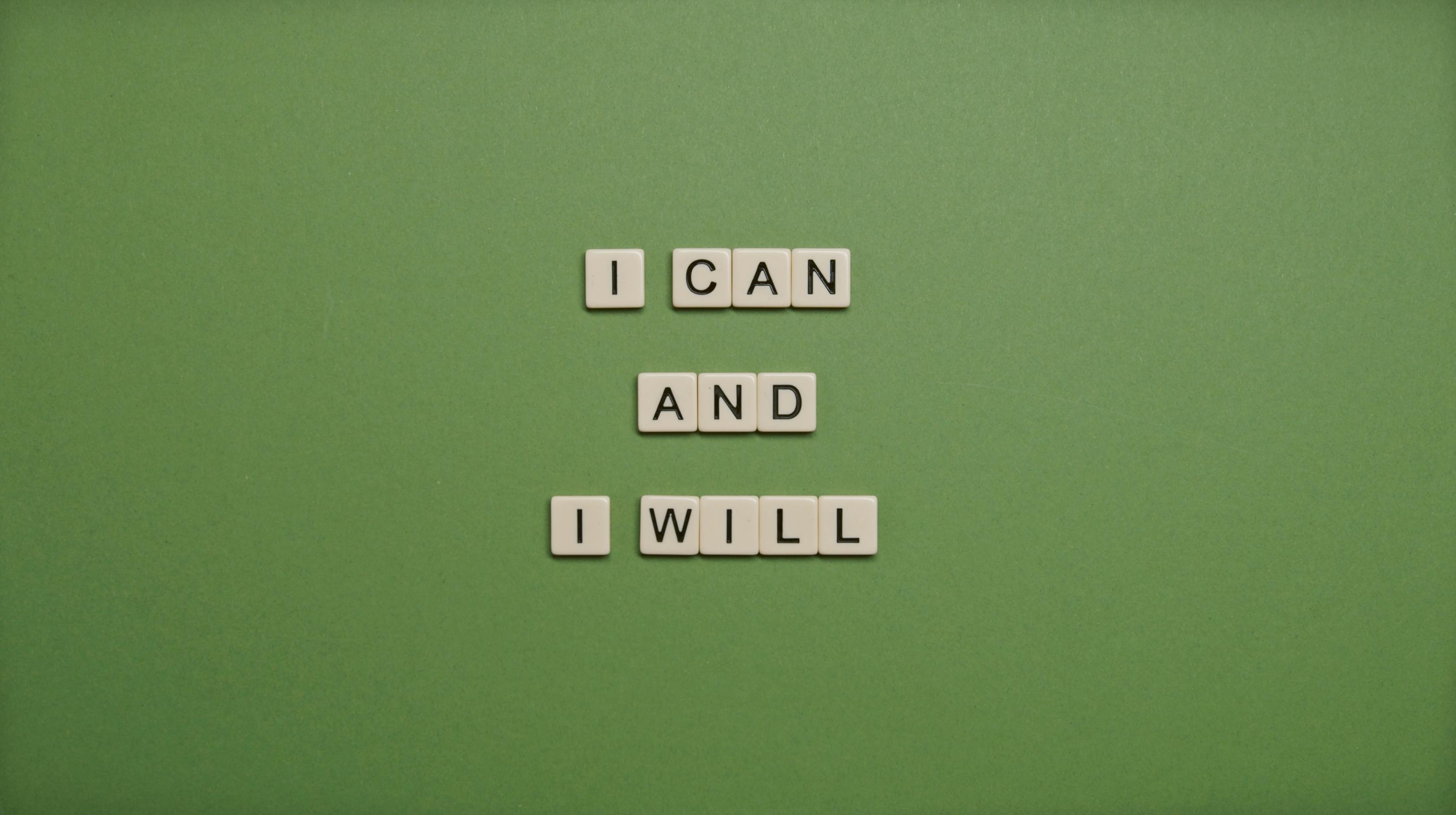Ever feel like your get-up-and-go has got-up-and-gone? You’re not alone. In a world of endless distractions and instant gratification, staying motivated can feel like trying to light a match in a hurricane. But fear not! Science has our back.
Researchers have been poking and prodding at the human brain for years, trying to unlock the secrets of motivation. And guess what? They’ve discovered some pretty cool stuff. So, let’s dive into the neuroscience of motivation and look at some science-backed techniques to get your motivational mojo flowing.
Dopamine, Your Brain’s Reward Chemical
Before we jump into the techniques, let’s talk brain chemistry for a hot minute. At the heart of motivation is a neurotransmitter called dopamine. It’s often called the “feel-good” chemical, but it’s more accurate to think of it as the “motivation molecule.”
Here’s a fun fact: dopamine isn’t just released when you achieve something. It’s also released when you anticipate a reward. This little quirk of brain chemistry is why the chase can sometimes be more exciting than the catch.
But dopamine isn’t the only player in the motivation game. Serotonin, another neurotransmitter, plays a role in persistence and willpower. And let’s not forget about norepinephrine, which helps with attention and arousal. It’s like your brain has its own motivation software!
So, how can we hack this complex neurochemical motivation system? Let’s find out!
1. Break It Down
Remember how dopamine is released in anticipation of a reward? Well, you can use this to your advantage by breaking big tasks into smaller, more manageable chunks.
A study published in the American Journal of Health Promotion found that people who used “small wins” to build towards larger goals reported feeling more motivated and confident.
Try this: Instead of “write a novel,” try “write 500 words.” Instead of “get fit,” try “do 10 push-ups.” Each small accomplishment gives you a little dopamine hit, fueling your motivation to keep going.
But here’s a pro tip: make these small goals specific and time-bound. “Write 500 words by 10 AM” is more motivating than just “write 500 words.” The deadline creates a sense of urgency that can kickstart your motivation.
2. Visualize Success
Athletes have been using visualization techniques for years, and science backs up this practice. A meta-analysis published in the British Journal of Sports Medicine found that mental practice can significantly improve performance.
But it’s not just for sports. Visualization can boost motivation for any goal. When you vividly imagine achieving your goal, your brain releases dopamine, just as if you’d actually accomplished it.
Try this: Spend 5 minutes each day visualizing yourself successfully completing your goal. Engage all your senses. What does success look, feel, sound, or even smell like?
Here’s an advanced technique: Try “mental contrasting.” This involves visualizing your goal, then imagining obstacles you might face. Research shows this can be even more effective than positive visualization alone, as it prepares you for challenges and increases your commitment to the goal.
3. The Goldilocks Rule
Remember the story of Goldilocks? She liked things “just right.” Well, your brain’s motivation system works the same way. Tasks that are too easy are boring. Tasks that are too hard are discouraging. But tasks that are just challenging enough? They’re motivation gold.
Psychologist Mihaly Csikszentmihalyi calls this the “flow state” – that sweet spot where the challenge matches your skill level, leading to deep engagement and motivation.
Try this: Adjust your goals to be just slightly beyond your current abilities. Challenging enough to be interesting, but not so hard that they feel impossible.
But here’s the catch: as you improve, you need to keep adjusting the challenge level. It’s like leveling up in a video game. Keep pushing your limits to stay in that sweet spot.
4. Social Accountability
Turns out, peer pressure isn’t always a bad thing. A study published in the Journal of Consulting and Clinical Psychology found that people who had some form of social support were more likely to achieve their goals.
Why? Because humans are social creatures. We’re hardwired to care what others think of us. Plus, sharing your goals makes them feel more real and important.
Try this: Find an accountability partner or join a group focused on your goal. Share your progress regularly. The combo of support and gentle peer pressure can be a powerful motivator.
Want to take it up a notch? Try a commitment device. This is where you make a public pledge or even put money on the line. Apps like Hapday let you make a public commitment, while websites like stickK.com let you set up contracts where you forfeit money if you don’t meet your goal. Nothing motivates quite like the prospect of losing cold, hard cash!
5. Reward Yourself
Remember our friend dopamine? It loves rewards. By setting up a reward system for yourself, you can give your brain little dopamine boosts along the way to your goal.
A study in the American Journal of Health Behavior found that participants who received immediate rewards for exercise were more likely to stick with their fitness plans.
Try this: Set up a reward system for your goals. Maybe it’s a small treat after completing a task, or a bigger reward for hitting a major milestone. Just make sure the reward doesn’t contradict your goal (i.e., don’t reward diet progress with a cake binge).
Here’s a twist: try variable rewards. Like a slot machine, unpredictable rewards can be even more motivating than consistent ones. Maybe create a “reward jar” with different prizes you draw randomly when you hit a goal.
6. The Power of ‘Yet’
Stanford psychologist Carol Dweck’s research on mindset has revolutionized how we think about motivation. She found that people with a “growth mindset” – who believe their abilities can be developed through hard work – are more motivated and successful than those with a “fixed mindset.”
The simple act of adding “yet” to your self-talk can make a big difference. “I can’t do this” becomes “I can’t do this yet.”
Try this: When you face a setback, reframe it as a learning opportunity. Ask yourself, “What can I learn from this? How can I improve next time?”
But don’t stop there. Actively seek out challenges and view them as opportunities to grow. Celebrate the effort, not just the outcome. Remember, every struggle is making your brain forge new neural connections. You’re literally getting smarter with every challenge you face!
7. Environment Matters
Your environment can have a huge impact on your motivation levels. A study in the Journal of Environmental Psychology found that people in cluttered spaces were more likely to procrastinate.
On the flip side, setting up your environment for success can boost motivation. It’s like setting the stage for your brain to perform.
Try this: Organize your workspace. Remove distractions. Put visual reminders of your goals where you can see them. Make it as easy as possible for your brain to focus on what matters.
But let’s go deeper. Consider the impact of light, color, and even smells on motivation. Studies have shown that blue light can increase alertness, while the scent of lemon can improve cognitive performance. Design your environment to engage all your senses in a way that promotes focus and motivation.
8. The Two-Minute Rule
Sometimes, the hardest part of any task is just getting started. That’s where the two-minute rule comes in. The idea, popularized by productivity guru David Allen, is simple: if a task will take less than two minutes, do it now.
But you can also use this rule to jumpstart larger tasks. Just commit to working on your goal for two minutes. Often, you’ll find that once you start, it’s easy to keep going.
Why does this work? It goes back to Newton’s first law of motion: objects at rest tend to stay at rest, and objects in motion tend to stay in motion. The two-minute rule helps you overcome that initial inertia.
9. Harness the Power of Habits
Motivation is great, but habits are even better. When you turn a behavior into a habit, it requires less conscious effort and willpower.
A study published in the European Journal of Social Psychology found that it takes an average of 66 days for a new behavior to become automatic. But don’t let that intimidate you. Even partial habits can be beneficial.
Try this: Choose one small action related to your goal and commit to doing it at the same time every day. Maybe it’s doing five push-ups right after you brush your teeth, or writing for 10 minutes as soon as you wake up. Over time, these small habits can lead to big changes.
Conclusion
Here’s the thing about motivation: it’s not a one-and-done deal. It’s more like a muscle that needs regular exercise. Some days it’ll feel strong, other days it might feel like a wet noodle. And that’s okay! The key is to keep at it. Use these science-backed techniques consistently, and you’ll be flexing your motivation muscles in no time.
Remember what the legendary motivational speaker Zig Ziglar said: “People often say that motivation doesn’t last. Well, neither does bathing – that’s why we recommend it daily.” Your brain is a powerful motivation machine – you’ve just got to learn how to drive it.
Now, go forth and conquer! You’ve got this!
Increase motivation with Hapday, Your Wellbeing Assistant
Join the millions of people using Hapday. Improve overall wellness & sleep.




